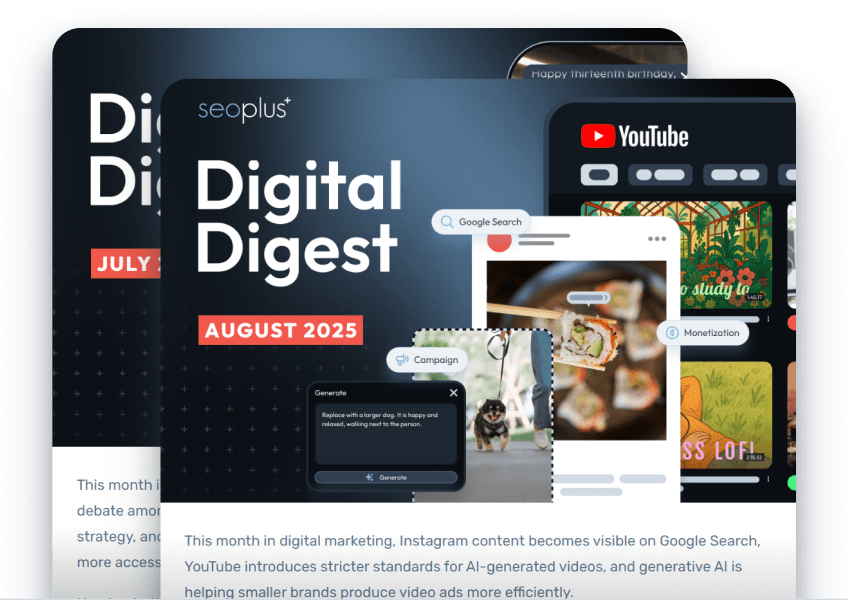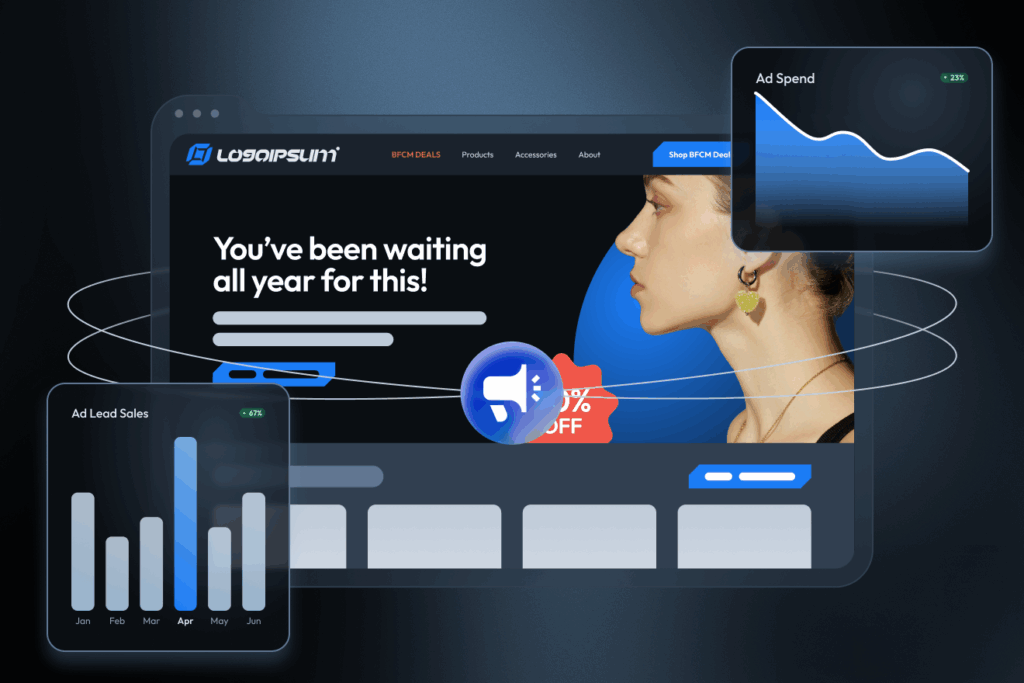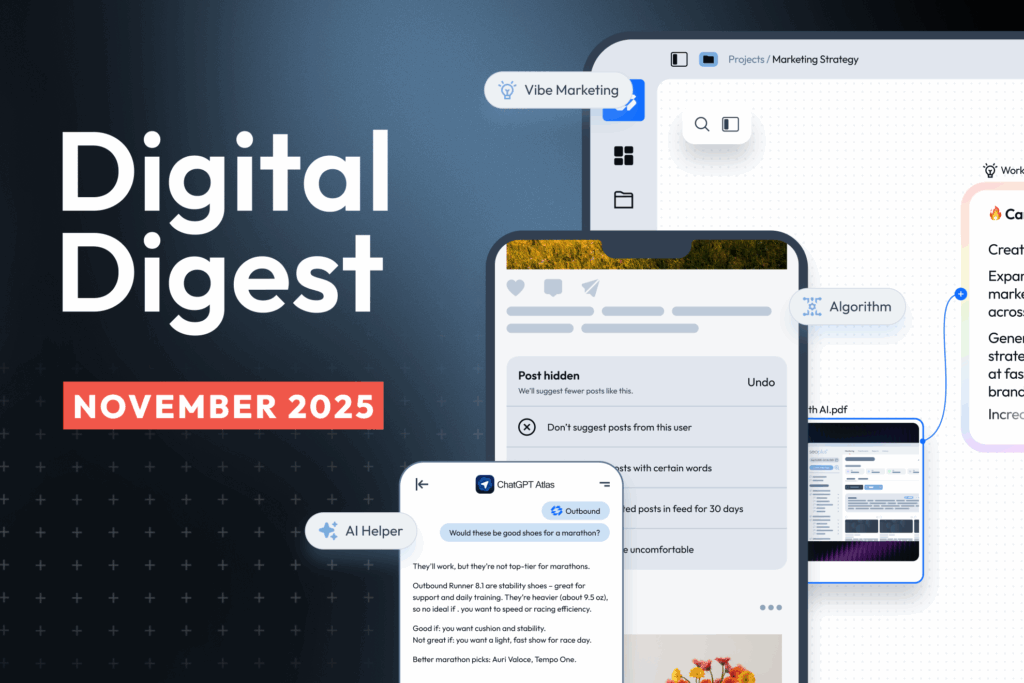Whether you have an existing network of locations, or are making the transition from one location to multiple, maintaining a consistent brand identity can become a challenge. Inconsistent branding can lead to confusion among customers, dilute brand recognition, and harm the business’s overall reputation.
Do any of these scenarios sound familiar?
- A location creates its own ads and marketing materials that contradict or undermine the national messaging
- A franchisee runs their own promotions that cause confusion with customers asking for the same deal at other locations
- Each franchise has its own website, with different layouts and information
- One location has a totally different social media presence and tone than the rest of the brand
In this article, the first in our series about common multi-location pain points, we’ll explore how to maintain a consistent brand identity.
Develop brand guidelines
Develop clear brand guidelines that outline your brand’s visual identity, messaging, and tone of voice. Make sure these guidelines are easily accessible to all employees and stakeholders involved in marketing and branding efforts.
Visual identity
The visual identity is one of the key components of a brand’s overall identity, and it refers to the visual elements that are used to represent the brand consistently across all marketing and branding materials. A brand’s visual identity is a way for customers to recognize the brand and differentiate you from your competitors.
Visual identity includes your logo, colour palette, typography, and supporting imagery. It also explains how these elements should be used and protected from warping, transforming, or displaying in an unclear format.
Messaging
Messaging is another important aspect of a brand’s identity and refers to the language, tone, and style used to communicate the brand’s values, personality, and positioning. A brand’s messaging should be consistent across all channels and touchpoints, including social media, advertising, packaging, and customer service interactions.
Tone of Voice
Tone of voice is an important element of a brand’s messaging, and refers to the way a brand communicates its message and personality through language. A consistent tone of voice helps establish a clear and recognizable brand identity, and can help build a strong emotional connection with customers.
It is so critical that this is consistent across locations, otherwise you get one location posting memes on their social media and another pitching discounts at every turn.
Centralize your marketing efforts
The more stakeholder and decision makers are involved, the more likely locations are to stray from the brand guidelines. When you work with a centralized agency to oversee all marketing and branding efforts across all locations, you are ensuring consistency.
While you may still want to engage subject matter expertise in a certain area (for example, you might have one partner for digital and another for traditional media), creating centralized communication between these parties will make things more consistent and avoid redundant or misaligned work.
Implement a marketing approval process
Implement a marketing approval process to ensure that all marketing materials are reviewed and approved by the centralized marketing team before being published or distributed. This will ensure that all work is validated and aligns with the brand guidelines.
The more you can work ahead, the easier it will be to build these approval stages into the process.
Provide training
Provide training to all employees and stakeholders involved in marketing and branding efforts to ensure they understand the brand guidelines and how to apply them. This is critical for new hires internally, at individual locations, and for new hires of your marketing partner.
Use templates
Use templates for marketing materials such as flyers, posters, and social media posts to ensure consistency in visual design and messaging. Even using web page templates can help keep online content consistent.
Templates can go beyond marketing materials, as well. For example, with one of our multi-location partners we have built templates, which we can blueprints, into our project management software. Every time a new location opens, we have a detailed step-by-step process to complete all the required marketing activities, like adding a location page on the website, creating & verifying the Google Business Profile, and adding the location to the website’s store locator. This creates a very consistent and efficient process.
Monitor online presence
Monitor online presence across all locations to ensure consistency in branding and messaging.
By using tools like Google Alerts and social media monitoring tools, multi-location businesses can track mentions of their brand and ensure that messaging is consistent across all channels.
This is important for local SEO because search engines like Google use consistency in branding and messaging across different online platforms as a ranking factor. If search engines detect inconsistencies in branding and messaging across different platforms, it can lead to lower search rankings and less visibility in local search results.
Another important aspect of monitoring online presence is to ensure that business listings and citations for all locations are accurate and consistent.
Multi-location businesses should regularly audit their business listings and citations to ensure they are accurate, complete, and consistent across all online directories and platforms. This includes verifying information such as the business’s name, address, phone number, website URL, and hours of operation. Any discrepancies or errors should be corrected immediately to avoid confusion among potential customers and to improve the accuracy and legitimacy of the business’s location information in the eyes of search engines.
Conduct Brand Audits
Conduct regular brand audits to ensure that all locations are following the brand guidelines and messaging consistently. A brand audit involves a comprehensive evaluation of a business’s branding and messaging to identify any inconsistencies or weaknesses that need to be addressed. Make adjustments as needed to improve consistency.
What’s included in a brand audit? Reach out to our team and we’d be happy to share our checklist with you.
Conclusion
At seoplus+, we understand the unique challenges that multi-location businesses face when it comes to maintaining consistent branding across all touchpoints.
Whether you’re looking to improve your online presence, increase your brand recognition, or drive more traffic and sales to your locations, seoplus+ can help. Contact us today to learn more about how we can help your multi-location business succeed going forward.






